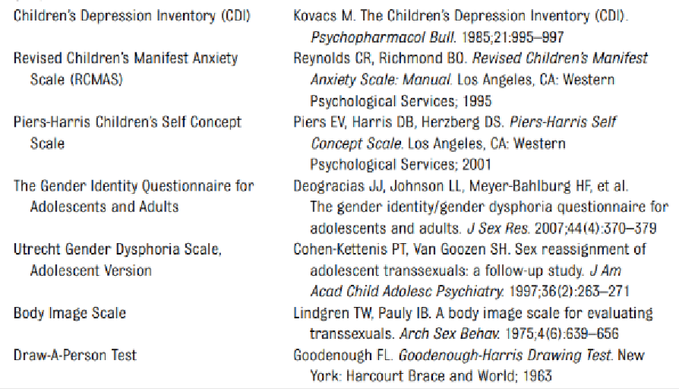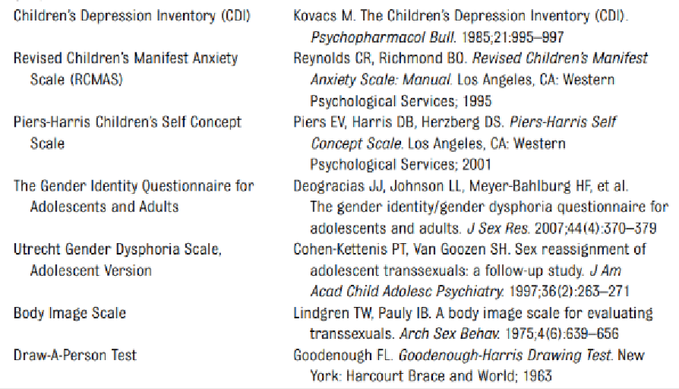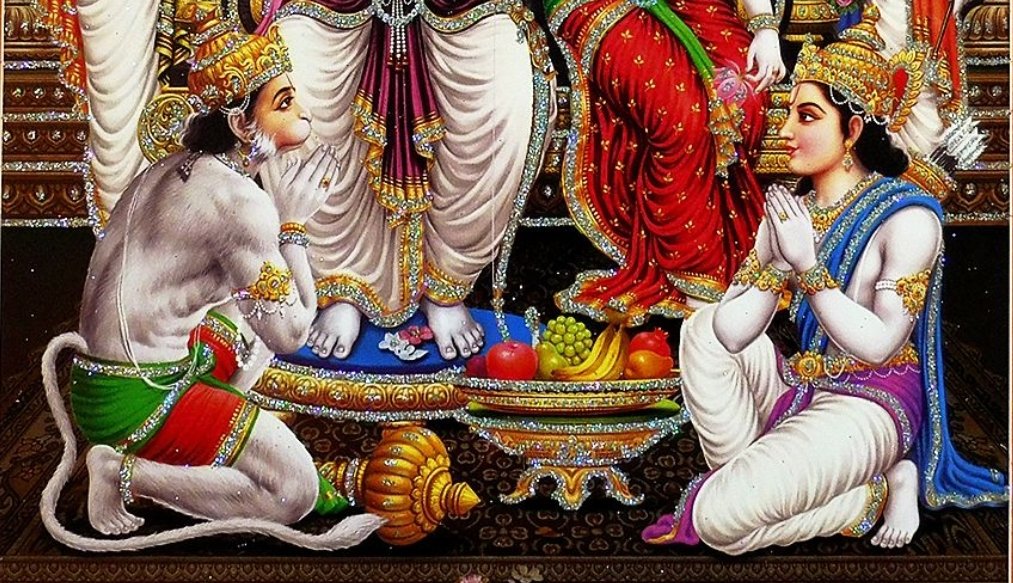https://t.co/SPrWX9C2BB
@NotRightRuth 1/ Completely untrue. What benefit is there for you in such lies?
The pressure was from medical ethics in the light of what became obvious after GIDS responded to the lead of their 🌍 medical peers & peer clinics.
In 2009 the veteran gender expert Prof Richard Green, recently…
https://t.co/SPrWX9C2BB

https://t.co/sfRoQDvs8C


https://t.co/JFD5efh2ZQ



















